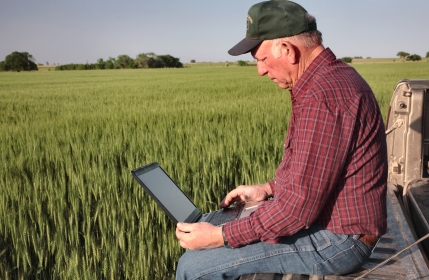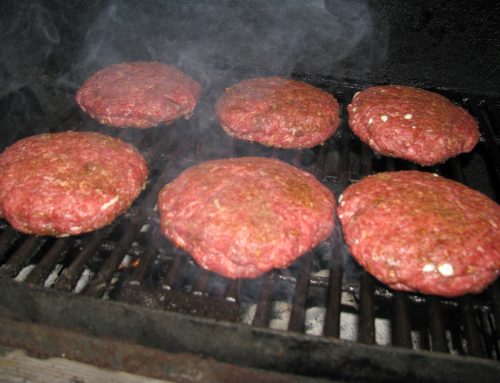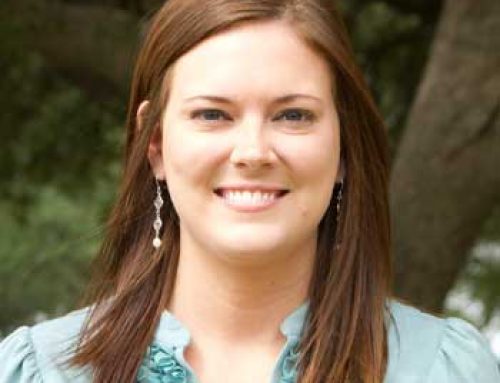By Nathan Smith
Bill Gates is a multi-billionaire, tech guru, philanthropist and an inspiration for computer nerds everywhere. Did you know he’s also a foodie?
I say “foodie” in the sense that he is concerned about the future of our food. These days, who isn’t?
Based on his recently published annual letter, Gates is putting his money where his mouth is, pushing Congress and others to take a closer look at the funding behind the science of growing food.
In the last five years, the Bill and Melinda Gates Foundation has spent nearly $2 billion in the fight against hunger in Africa and Asia. The bulk of the money is not spent on food to feed people for a day. It’s being used to fund advancements that will allow people to feed themselves for a lifetime.
Yes, the science behind growing food includes genetically modified organisms, synthetic fertilizers, application practices, food handling and preservation. It also includes environmental conservation research, wildlife habitat studies, drought resistant technology, “green” energy like algae fuel and hundreds of other aspects of agriculture.
As a man who knows something about trial and error, Gates realizes that caution and common sense should be used with all research. It should be tested and tried, again and again until proven. Farmers and consumers want innovations that work and that are safe.
Thanks to the contributions of people like Gates, research for a better future is ongoing. In the annual letter, he highlights the importance of continued innovation where plant genetics and farming practices are concerned.
“Given the central role that food plays in human welfare and national stability, it is shocking—not to mention short-sighted and potentially dangerous—how little money is spent on agricultural research,” he wrote in the letter.
The fusion of technology and science with agriculture is why we are so successful in Texas and the U.S. at growing food for ourselves and the world. We’ve come a long way since the late 1940s, when a single computer needed the space of an entire warehouse floor and some farmers were still using the horse and plow.
Today, a single farmer can feed hundreds of people, thanks largely to countless hours of research–and that’s a good thing. We’ll likely see 9 billion people in the world by 2050.
Computers now fit in our pockets and do the work of 50 of the early machines. In the U.S., we play Angry Birds on our iPads and smartphones instead of worrying where our next meal will come from. Point me to another country with a better grasp on farming and technology. I bet you can’t.
We have come a long way, but there is always room to improve, and we won’t get there without research and hard work–two things scientists and farmers know all about.











Leave A Comment